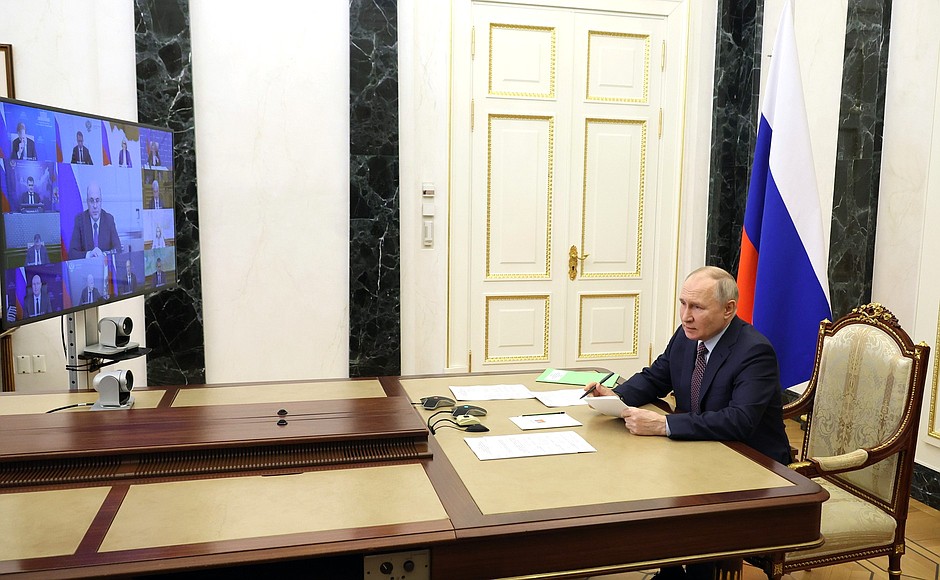Cargo traffic in three directions will grow up to 700 million tonnes by 2030

“To develop new markets by domestic businesses, to build more convenient, efficient logistics chains and, of course, to increase the transport connectivity of the country and our regions, we are increasing infrastructure capabilities, expanding the so-called bottlenecks, and increasing the throughput of border checkpoints,” Vladimir Putin was quoted as saying.
He called the further development of logistics corridors “an absolute priority” and noted the importance of increasing the capacity of the Far Eastern and Arctic sea ports, the establishment of the Northern Sea Route (NSR) as a global transport artery, which “will affect all of our logistics.”
The President also announced support for Russian exporters who have switched to the markets of Asia, the Middle East, Latin America and Africa, but noted that Russia will not shut itself “from the American continent, North America - the USA and Canada, ...from European countries.”
PortNews has previously reported that Andrei Belousov, first deputy prime minister stated that cargo traffic along the above mentioned three transport corridors will increase to 700 million tonnes per year by 2030. Freight traffic volume in the eastern direction is expected to increase to 300 million tonnes, on the Azov-Black Sea route up to 200 million tonnes, and on the North-South ITC – up to 18 million tonnes in 2023.



